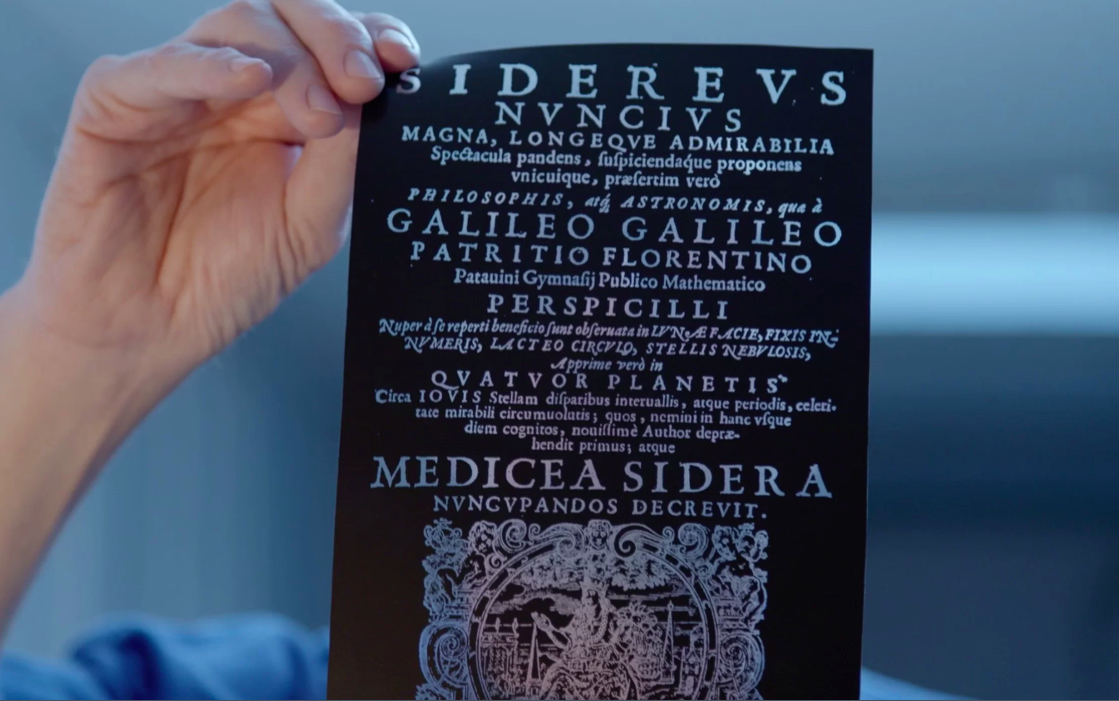A rare copy of a 17th-century book by Galileo Galilei, complete with a signature and illustrations by the great astronomer himself, was celebrated in 2005 as the find of the 21st century. Historians were amazed by the discovery of a rare and original book put forward as proof of Galileo’s “Sidereus Nuncius/Starry Messenger.”
Originally published in 1610, the book established Galileo’s reputation as the famous astronomer of his day; 150 copies remain from the 550 copies of the book that were printed.
“Sidereus Nuncius” was the first work to show that the lunar surface had mountains and was covered in craters, and the astounding observations of four satellites orbiting Jupiter- the largest of Jupiters moons, Io, Europa, Gallymead, and Callisto. Known to Galileo as “Medicean stars,” the satellites were “unknown by anyone until this day,” and they were seen as proof that Earth was not the centre of the universe, as previously believed.
Within a few years of the book’s ‘rediscovery’, it was discovered to be a very clever forgery, prompting a PBS television documentary “Galileo’s Moon,” to air in July 2019.

A forgery of such a rare book was thought to be extremely difficult to achieve as 17th century books were all hand-made with metal type assembled one character at a time and the pages pressed one at a time.
As there were only 150 copies floating about in the world any one of them would have been an amazing find, however this copy was seen as rarer still as it was also signed by Galileo and bore the stamp of the library of Rome’s Lincean Academy, where Galileo was a patron. Further still, previous copies of “Sidereus Nuncius” included four engravings of the moon’s phases, while this version had watercolour pictures, seemingly painted by Galileo himself.
According to the experts, the book’s physicality appeared genuine but its origin was unexplained. Other factors that led to the experts realising it was a clever forgery were: an irregularity in the library stamp; the watercolours contained an obvious “astronomical blunder”; the book’s pages didn’t feel or sound like 17th-century paper; an indented blotch only seen in fakes showed the pages had been pressed into the paper with a printing plate.
In 2012, police in Italy arrested a man named Marino Massimo De Caro, former director of the Girolamini Library in Naples, on suspicion of stealing and selling thousands of books from the library’s collection.
“He’s admitted to making four other copies,” Galileo scholar, Nick Wilding, said. “The mere fact that more than one forgery exists means that it wasn’t just an isolated, elaborate hoax — it was part of a wider campaign to steal thousands of books, usually from state-run libraries.”

Jurgis Bielinis and the Day of the Book Smugglers

Word of the Day – Nonpareil

10 Hot New Releases for May 2022



